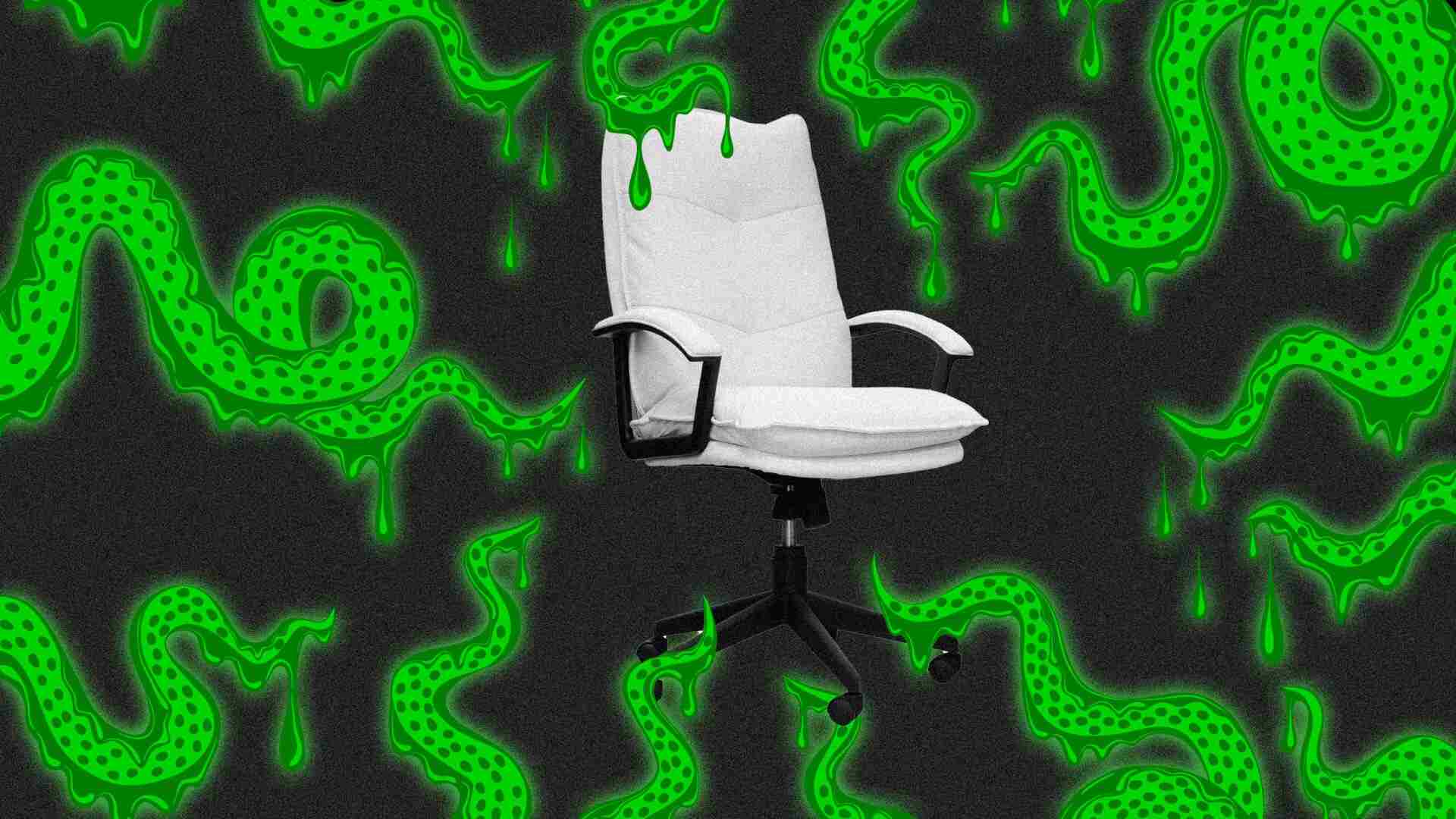- | 8:00 am
How your attachment style might be hurting your success at work
Attachment theory is often applied in the context of romantic relationships, but it can affect all areas of life, including work, says this expert.

Sometimes, you’re your own worst enemy. The tricky part is that you often don’t recognize it. Self-sabotage can get in the way of your goals and best intentions, and it frequently stems from attachment style, says Judy Ho, a clinical and forensic neuropsychologist and author of The New Rules of Attachment: How to Heal Your Relationships, Reparent Your Inner Child, and Secure Your Life Vision.
Attachment theory is about those first important relational bonds with primary caregivers, which set up a template for how you think about yourself and how others respond to you, says Ho.
“It’s your own self-concept development—your self-esteem,” she says. “When you come into the world as blank slates, those important first relationships help set the tone for the rest of your life.”
Popular media often focuses on attachment theory in romantic relationships, but Ho says it applies to all areas of life, including how you approach work goals and how you relate to your supervisor, colleagues, and clients. There are four attachment styles, three of which are insecure.
AVOIDANT ATTACHMENT STYLE
The first insecure style is avoidant, and it’s often learned in childhood if you are surrounded by unreliable adults. As you mature, you focus on achievements and goals rather than relationships with others.
“It’s not because they’re superficial,” says Ho. “They just learned that those are the best routes for them to do something important in their lives and to achieve better self-esteem.”
People who have an avoidant attachment at work tend to be competitive and independent, almost to a fault, says Ho. “People who are avoidant are the quintessential workaholics, which, at a distance, can look very admirable,” she says. When you look up close, workaholism is a coping strategy they use to not have to rely on people or connect with them.”
A person with an avoidant style is often a lone wolf at work. “That doesn’t pay off because we all need to still be in relationship with others and to rely on one another to do certain things,” says Ho. “That’s a huge blind spot they can have at work.”
People with avoidant attachment also tend to move from one goal to another, not enjoying the fruits of their labor. As a result, Ho says they are prone to occupational burnout.
ANXIOUS ATTACHMENT STYLE
A second insecure style is anxious attachment. This style is often learned if one grows up with inconsistently attentive parents. They may have been busy with their own problems and didn’t have time for their children’s, says Ho.
“They develop a very people-pleasing quality in order to get the support that they need when they were children,” she says. “It transfers over to when they’re adults. They tend to be looking for reinforcement from others as a way to reinforce their self-esteem and how they feel.”
At work, this attachment style manifests in decision-making. “It can take a longer time to make decisions because they want to make sure everyone’s okay with it first,” says Ho. They can feel a little less sure of themselves, especially when they’re asked to make bigger decisions without support.
This style may also cause the person to overemphasize how people feel about them at work rather than the work that needs to be done. Ho says it can sometimes get in the way of concentration and productivity.
“They’re more prone to codependency and feel like they have to cover up for others, wanting people to like them,” she says.
DISORGANIZED ATTACHMENT STYLE
A third insecure attachment style is disorganized. This one happens if you’ve experienced chronic stress as a child, such as a significant trauma or an abusive childhood.
“They end up in fight-or-flight a lot,” says Ho. They’re always looking for the next dangerous thing that could get them. It makes it a lot harder to settle down and pursue goals that are more than just getting by on a day-to-day basis.”
“It’ll look very unpredictable to others, and that can be hard to make traction at work,” says Ho.
SECURE ATTACHMENT STYLE
A fourth style is a secure attachment. If your childhood included relationships with people who were emotionally available at least 80% of the time, you can grow and develop in an environment where your needs are understood and met.
“These people have a higher sense of self-esteem,” says Ho. “They know, I have people who care about me, and who I can trust. So, they approach work in a much more flexible way.”
People with a secure attachment style still make mistakes, but it’s easier to shift their focus back to work afterward.
“They don’t shut people out when they’re having difficulties,” says Ho. “They don’t mind feeling vulnerable and asking for help. At the same time, they’re not overly reliant on it. Their lives are not perfect, they’re just able to balance all of these needs, making it easier to thrive at work.”
ADDRESSING INSECURE ATTACHMENT STYLES
If you recognize yourself in one of the insecure attachment styles, it’s possible to reparent yourself. Reparenting is important because you had little control over your upbringing as a child, which is why negative beliefs developed.
“Now that you’re an adult, you have more skills,” says Ho. “You have more of an ability to control your data [and] can repair the version of child, the metaphorical little you that says, ‘Hey, I have certain needs that haven’t been met.’ You can carry out the reparenting work.”
We all have a metaphorical lens inside us that wants to regress into childhood behaviors when we’re stressed, stemming from unmet needs, says Ho. To reparent yourself, envision yourself as a child. First, recall a pleasant or positive memory, remembering what was happening and who was with you. Next, think of a time in your childhood when you had a significant conflict, suffered a major disappointment, or felt bad about yourself. What was going on then?
“Now, imagine your adult self is sitting next to you, asking a very simple question: ‘What do you need?’” says Ho. “Then pay attention to what that child within you is stressing. Then say, ‘What is something I can do in the next 24 hours to help meet that need for my inner child?’ Your adult self doesn’t have to solve this problem, but you can start to improve that experience for your child [self].”
By regularly checking in with your inner child, you can start to heal and provide for any unmet needs that hinder your work life. While insecure attachment styles may continue to show up in the future, especially during very stressful times, you’ll be able to bring yourself back to a secure attachment state, says Ho.
“It goes back to healing yourself,” she says. “At any age, you can provide the reparenting that you need to be able to move forward.”






































